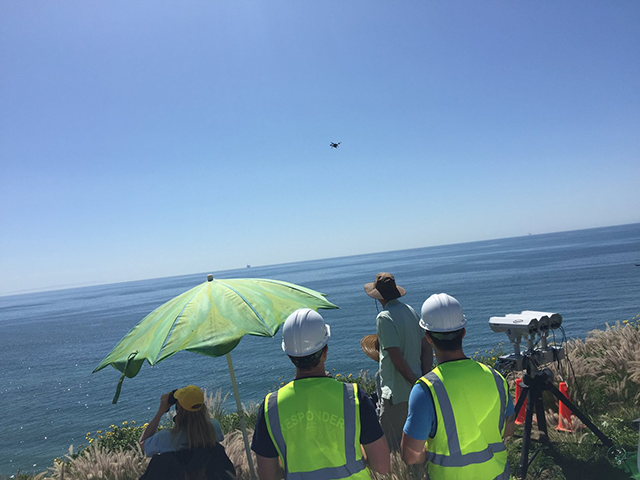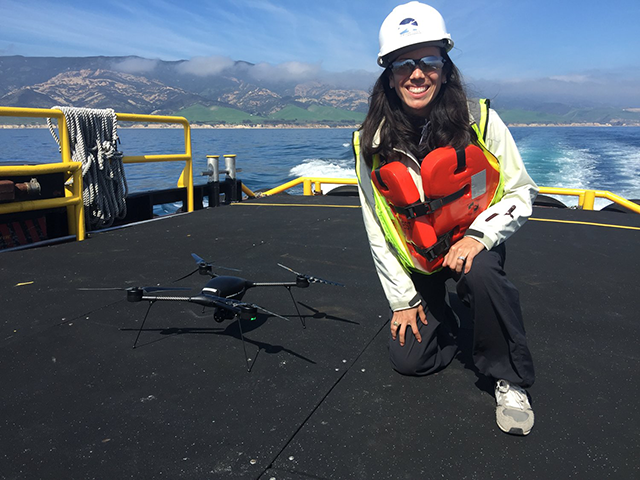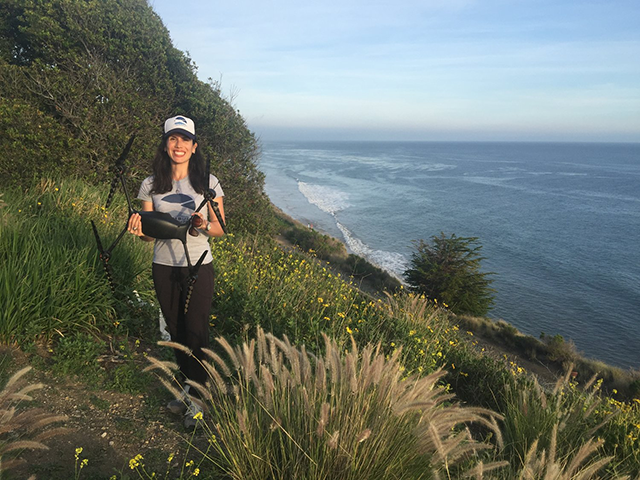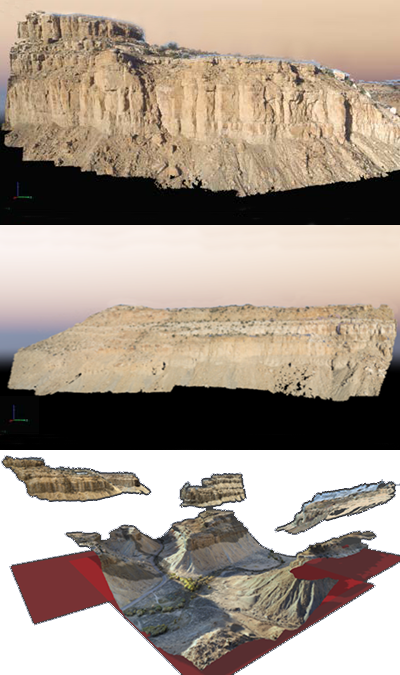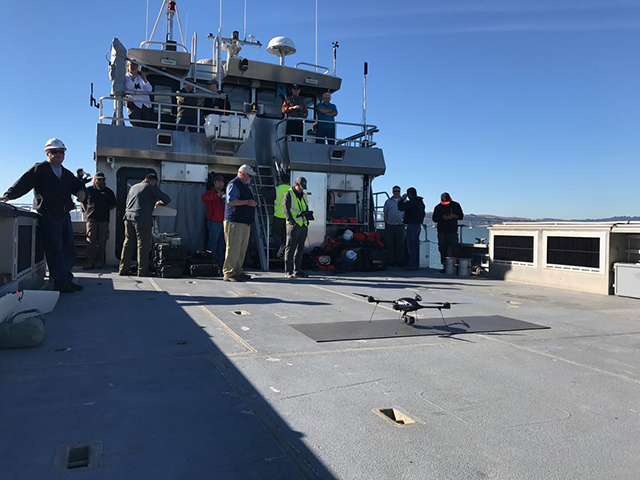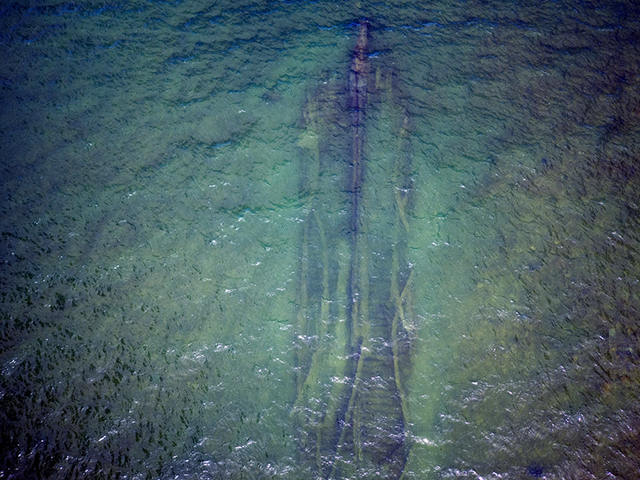Case Studies
Gray WHale Migration - Integrated Research Project
Santa Barbara, CA - A Trumbull team flew approximately 50 multirotor UAV flights to observe gray whale migration patterns in the Pacific as part of a larger research initiative (highlighted here). The two-week integrated technology effort was a collaboration with Toyon, Digital Globe, an oil & gas company, Gray Whales Count researchers, and a team of experienced Marine Mammal Observers (MMOs). The project data was used to compare spatial, spectral, and temporal resolution from drones, satellite, and shore-based infrared sensors - an industry first.
2D/3D Modelling/Mapping
Southern Utah - Trumbull worked alongside the FAA, Bureau of Land Management (BLM), and an Oil & Gas Supermajor to provide 2D and 3D models of vertical rock formation faces. The team also collected thermal imaging data to identify fractures and fissures. Following an initial site visit, Trumbull developed the necessary safety protocol, risk mitigation strategy, and flight operations procedure to ensure a successful outcome.
By mapping and modeling in two and three-dimensions, clients are able to virtually explore an area in great detail - providing a useful tool for geological research and virtual training.
Oil Spill Response Exercise
San Francisco, CA - For the second year, Trumbull took part in an emergency response exercise led by Chevron.
Using numerous drone and payload configurations, our team collected data to show how UAVs can compliment existing response procedures, expand capabilities, and provide access to difficult or unsafe areas while reducing response time and increasing safety. In addition to day time operations, we secured an FAA waiver for Part 107 operations at night - allowing for 24/7 response capability.
The weeks-long joint effort included:
- US Coast Guard (USCG)
- Army Corps of Engineers
- National Oceanic and Atmospheric Administration (NOAA)
- California Fish & Wildlife
- Office of Spill Prevention and Response (OSPR)
- Marine Spill Response Corporation (MSRC)
- AeroVironment
- Insitu
- Persistent Systems
In all, we aim to increase the data collection, dissemination, and analysis process from daytime operations to 24/7 actionable, digital intelligence. Trumbull looks forward to advancing response efforts, both stateside and abroad.
Read more about the project here.
Flying Drones to Find Shipwrecks
Alpena, MI - Trumbull supported an applied archaeological research project using drones to document Great Lakes resources dating back to the late 18th century. Trumbull collaborated with the NOAA, Oceans Unmanned, and the Thunder Bay National Marine Sanctuary to collect imagery over Lake Huron to help identify shipwrecks.
At Trumbull, we love to incorporate these types of use cases for STEM initiatives we support. We share our case studies (such as ice pack monitoring and marine mammal wildlife observation) at Drone Camps and other STEM outreach programs. We aim to relay various use cases of how drones can be employed to support sustainability goals.
